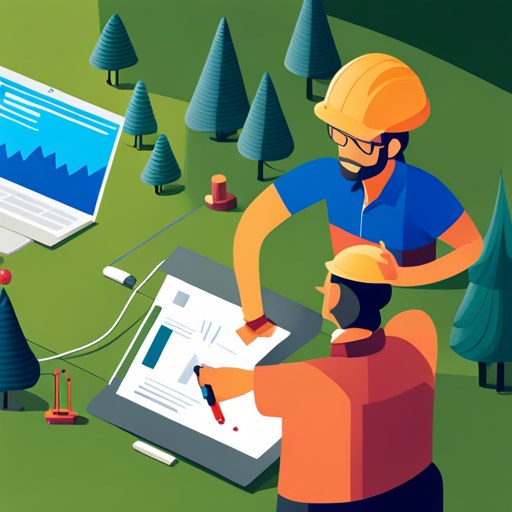In Fullerton, California, various sensors are being installed to capture different fire signatures. These sensors are designed to detect changes in heat, smoke, and humidity levels.
Heat sensors are deployed to detect sudden increases in temperature, which can indicate the presence of a fire. These sensors can identify hotspots and track their movement, providing real-time data to firefighters.
Smoke sensors are used to detect the presence and density of smoke particles in the air. Smoke is a crucial indicator of a fire’s intensity and direction, allowing firefighters to assess the situation and plan their actions accordingly.
Humidity sensors are employed to measure the moisture content in the air. As wildfires often lead to a decrease in humidity levels, these sensors can help identify areas prone to fire outbreaks.
By mounting these sensors on different platforms, including telephone poles, trees, drones, and the forest floor, immediate alerts can be relayed to authorities regarding the evolving fire conditions.
If communities and fire crews had that capability, says computer engineering professor Ankita Mohapatra, “the impact that [wildfires] have on human life and property, and even on the ecology, can be significantly reduced — if we could even detect them at the very early phases.”
However, while sensors play a crucial role in mitigating the symptoms of climate change, it is important to recognize that they are not a standalone solution.
Integrating sensors in urban areas is essential for efficiently responding to wildfires and safeguarding the well-being of communities.
Optimizing Wildfire Detection with AI
The integration of AI technology further enhances the capabilities of these sensors.
Through the use of artificial intelligence (AI), sensors can anticipate where a blaze is likely to start, allowing for proactive measures to be taken.
Or, “you can start in a location where you need the most protection – that could be closer to a small town, or a whole bunch of small towns,”
AI “learns from hundreds and thousands of examples of what fire looks like,” and can differentiate between “a fire, versus a diesel truck, versus construction dust.” says Abhishek Motayed, whose Maryland-based company, N5 Sensors, is developing the technology in eight U.S. states, as well as in Quebec.
For instance, Canadian wildfires have resulted in smoke reaching Central Canada, the US East Coast, the Midwest, and even Europe, affecting air quality and disrupting daily life. By monitoring air quality in real-time, sensors enable authorities to take appropriate measures to protect public health and minimize the disruptions caused by smoke.
| Benefits of Real-time Monitoring and Predictive Analytics |
|---|
| Immediate alerts for changes in fire conditions |
| Quick location and response to fires |
| Proactive measures to prevent fire outbreaks |
| Enhanced efficiency in firefighting operations |
By leveraging these technologies, firefighters can better allocate resources and implement strategies to mitigate the impact of wildfires on human life, property, and the environment.
